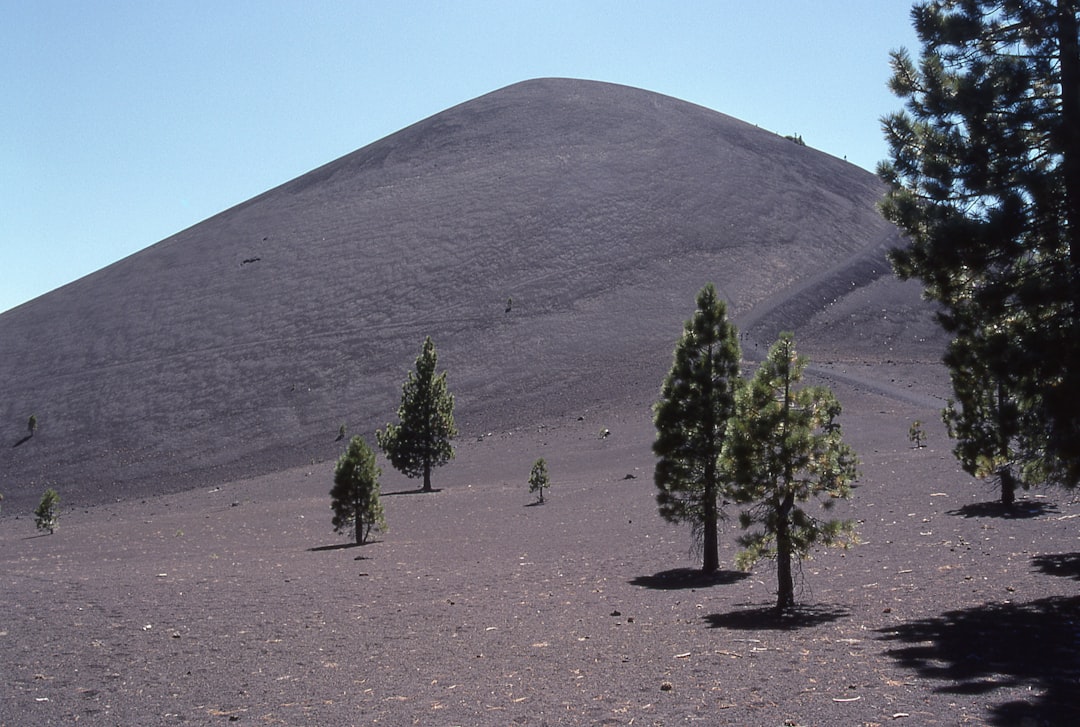What is it about?
The petrogenesis of the Baimashan granite has been controversial for a long time. We redefined the petrogenesis by zircon U-Pb and geochemical methods, and put forward a new understanding different from the previous one. The formation model and dynamic setting of this complex rock are analyzed, which has certain reference value for understanding Indosinian and Caledonian tectonic magmatic evolution of Jiangnan orogenic belt in South China.
Featured Image

Photo by Luke Southern on Unsplash
Why is it important?
We confirm that the complex pluton is the product of Late Silurian and Late Triassic magmatism. The three superunit plutons are all I-type granites, and the Longtan-Xiaoshajiang and Longcangwan superunits are the result of differential fractionation evolution of homologous magmas. Weakly fractionated I-type granites formed in the Caledonian period in South China are closely related to scheelite mineralization.
Perspectives
I am very happy to write this article, because it opened the door of scientific research with the guidance of my supervisor. This article provides some references for further understanding of the Indosinian and Caledonian magmatic activities in South China and the tectonic magmatic evolution of the Jiangnan orogenic belt.
Yao Tang
Chengdu University of Technology
Read the Original
This page is a summary of: Petrogenesis and geodynamic implications of the Baimashan granitic complex in central Hunan, South China, Geological Journal, August 2022, Wiley,
DOI: 10.1002/gj.4568.
You can read the full text:
Contributors
The following have contributed to this page










